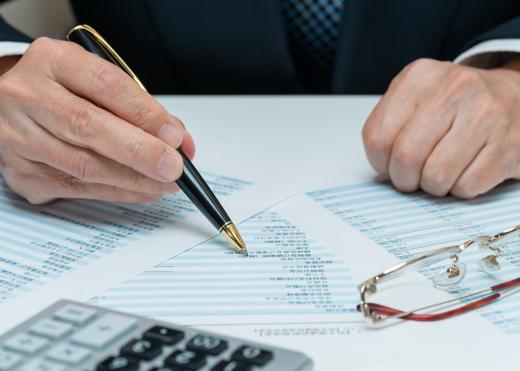At WiseGEEK, we're committed to delivering accurate, trustworthy information. Our expert-authored content is rigorously fact-checked and sourced from credible authorities. Discover how we uphold the highest standards in providing you with reliable knowledge.
What Is Extrinsic Value?
Economics is a broad social science, often given the moniker the dismal science. This name applies to the droll look into mathematical formulas and statistics that can define how an economy works. One specific feature that economists look at is the value individuals place on goods and services. Two types of economic value exist: intrinsic and extrinsic. Extrinsic value is simply the value placed on items from external forces, such as market conditions or government economic policy.
In many ways, the value an individual places on a good or service is extremely difficult to define. That is why economists use the terms intrinsic value and extrinsic value. The former describes the value an individual places on goods and services from his or her own point of view. For example, a dress can have high intrinsic value if the consumer will pay more than the market rate but others will not. Extrinsic value comes from market conditions that allow a company to place a price for products based on options outside of consumer preference.

Determining extrinsic value from an economics standpoint can be somewhat easy. For example, the difference between a product’s price and its intrinsic value equals the extrinsic value portion of the product. Though simplistic, this definition does accurately define the value of a good, though it fails to assess how a product’s value actually comes to fruition. In short, outside of market forces — such as materials cost, labor to produce the item, and associated costs to move goods through the market — a product’s internal value is difficult to compute. The value placed on goods by consumers is what drives the free market in terms of supply and demand.
In a free market economy, both individuals and businesses can act in their own self-interests. When this occurs, the value of goods can change wildly, in both short and long-term time periods. For example, a company may produce a specific type of widget. Though not overly fantastic in its extrinsic value, per se, consumers begin to place high intrinsic value on the widget. Collectors begin to purchase and hoard the widget, with prices paid climbing higher for each widget purchase as the intrinsic value increases for each consumer.
Again, it is difficult for companies to define a product’s extrinsic value when the intrinsic value is unknown. Companies cannot always price goods or services in a manner that results in the highest profit. Therefore, companies must carefully observe trends and changes in the market that lead to intrinsic value changes. Then, changes in the extrinsic value are likely to occur, which can lead to higher prices and profits for a company.
AS FEATURED ON:
AS FEATURED ON:











Discuss this Article
Post your comments